Singapore’s population hits record 6.11 million, boosted by immigration and return of foreign labour
Singapore’s total population rose to an unprecedented 6.11 million as of June 2025, fuelled by the return of foreign workers and record numbers of new citizens and permanent residents. While the growth underscores economic recovery and policy easing, the city-state continues to grapple with an ageing citizenry and persistently low birth rates.
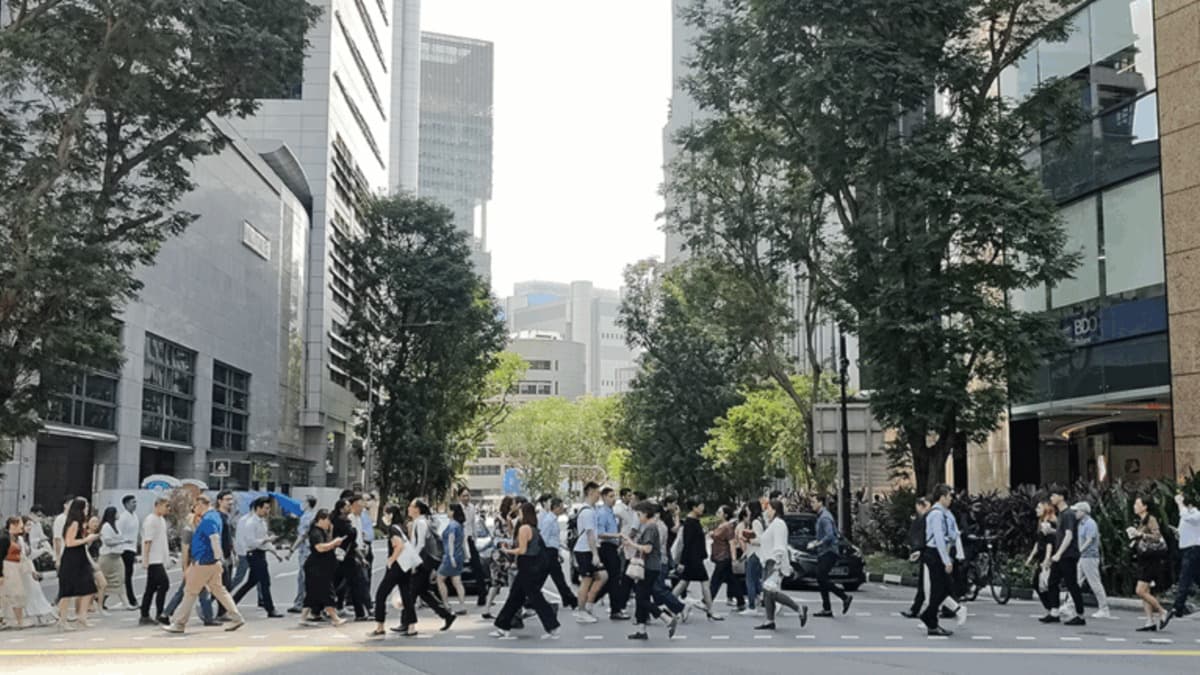
- Singapore’s total population grew 1.2% to 6.11 million in June 2025, driven by a rebound in foreign manpower.
- A record 22,766 new citizens and 35,264 new PRs were granted in 2024 — the highest figures in over a decade.
- Despite growth, the resident population is ageing, with 20.7% of citizens aged 65 and above and fertility rates remaining below replacement.
Singapore’s total population reached an all-time high of 6.11 million as of June 2025, according to the Population in Brief 2025 report released on 29 September. The 1.2 per cent annual increase was driven largely by immigration inflows and the return of foreign labour following pandemic disruptions.
The report, jointly published by the Prime Minister’s Office Strategy Group, the Ministry of Home Affairs, and the Ministry of Manpower, outlines Singapore’s demographic trends and challenges as the city-state continues balancing economic needs with social integration.
Record citizenship and PR grants
In 2024, 22,766 individuals were granted Singapore citizenship — the highest number ever recorded. Another 35,264 were granted permanent residency (PR), the largest annual figure since 2010, when 59,460 PRs were approved before immigration policies tightened.
Officials said the increase reflected Singapore’s long-term strategy to sustain its population base amid persistently low fertility and an ageing society. The new citizens were largely drawn from the pool of existing PRs who had established roots through work, study, or family ties.
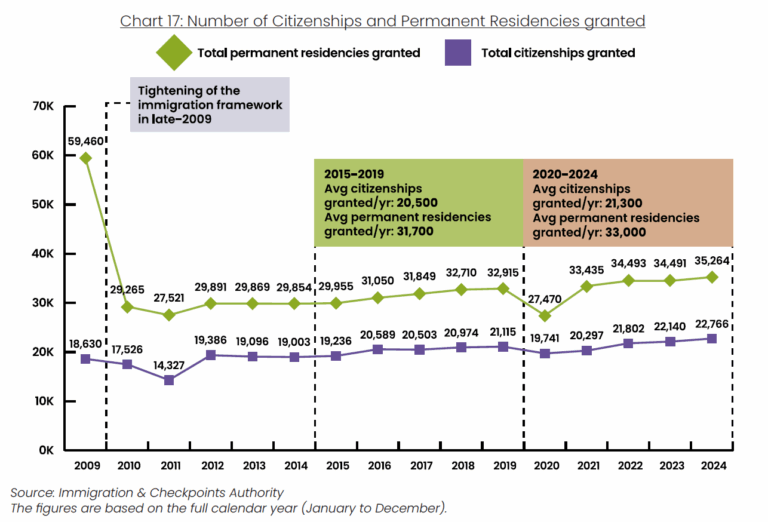
Non-resident growth remains the main driver
The primary contributor to total population growth was a 2.7 per cent rise in the non-resident population, which climbed from 1.86 million in 2024 to 1.91 million in 2025.
This group includes foreign workers, dependants, migrant domestic workers, and international students. The main increase came from Work Permit Holders in the construction sector, as well as a steady rise in domestic workers.
Officials noted that this manpower supports national development projects such as Changi Airport Terminal 5 and large-scale public housing construction.
By contrast, Singapore’s resident population — comprising citizens and PRs — grew modestly from 4.18 million to 4.20 million. Under Singapore’s de jure population measure, individuals who are overseas for more than 12 months are excluded from official counts.
Citizen population ageing faster
Singapore’s citizen population grew by 0.7 per cent to reach 3.66 million. However, the ageing trend continued, with seniors aged 65 and above now making up 20.7 per cent of all citizens, compared to 13.1 per cent a decade ago.
The median age of citizens rose slightly from 43.4 to 43.7 years, while the proportion of working-age citizens (20 to 64 years old) declined from 64.5 per cent in 2015 to 59.8 per cent in 2025.
The number of citizens aged 80 and above has surged by about 60 per cent in the past decade, reaching 145,000.
Officials cautioned that an ageing population will continue to weigh on workforce growth and increase healthcare and social spending.
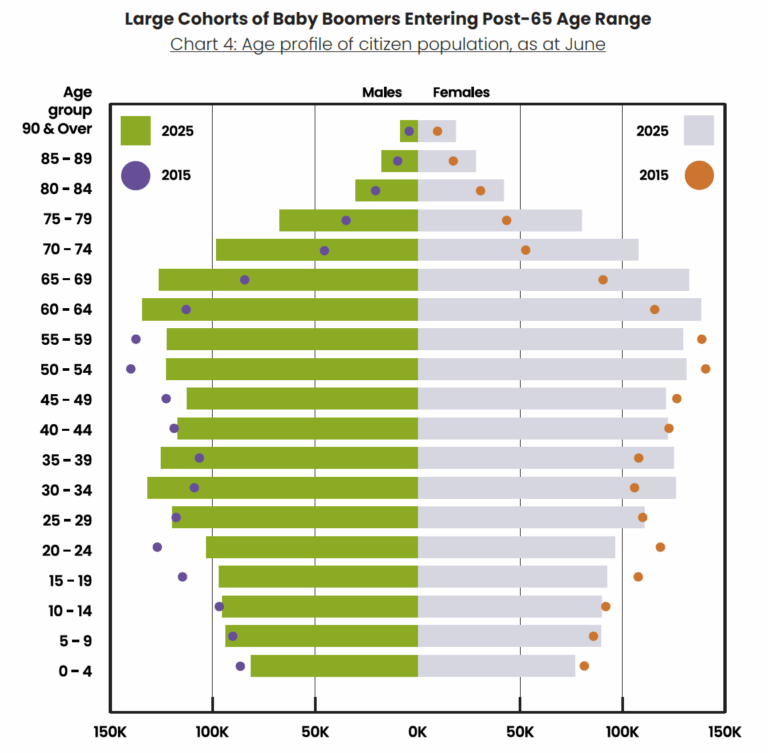
Fertility rate remains below replacement
Singapore’s total fertility rate (TFR) among residents stayed at 0.97 in 2024, far below the replacement level of 2.1.
There were 29,237 citizen births in 2024, a 1.2 per cent increase from 2023. However, the five-year average from 2020 to 2024 (30,400 births per year) remained below the previous five-year average (32,900).
The median age of citizen mothers at first birth rose from 30.3 years in 2014 to 31.6 years in 2024, underscoring a trend of delayed parenthood.
Officials attributed the persistently low fertility rate to evolving lifestyle preferences, later marriages, and greater focus on careers and financial stability among younger Singaporeans.
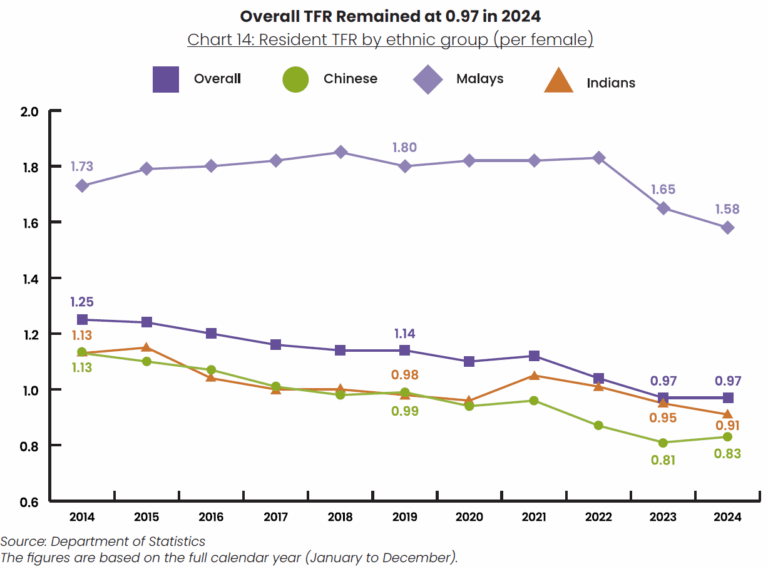
Marriages decline, but family aspirations remain strong
The number of citizen marriages fell to 22,955 in 2024, down 5.7 per cent from 24,355 the previous year. The median age at first marriage was 30.8 years for grooms and 29.1 years for brides.
A growing proportion of citizens are remaining single into their 30s, contributing to both fewer marriages and later family formation.
However, surveys show that 80 per cent of young Singaporeans still express the intention to marry, and over one-third of married couples say they hope to have three or more children.
To support these aspirations, the government has introduced initiatives such as the Large Families Scheme, which offers up to S$16,000 in benefits for each third or subsequent child, alongside enhanced parental leave and housing support.
Immigration remains key to population stability
The Population in Brief 2025 report reaffirms that immigration remains a central pillar of Singapore’s demographic strategy. Without continued inflows of new citizens and PRs, the total population would likely begin to decline within two decades due to low fertility and longer life expectancy.
From 2015 to 2019, Singapore granted an average of 20,500 new citizenships annually. Between 2020 and 2024, that figure rose slightly to an average of 21,300 per year.
For PRs, the five-year average increased from 31,700 (2015–2019) to 33,000 (2020–2024). The 2024 total of 35,264 PRs was the highest in more than a decade, signalling a gradual easing of earlier restrictions.
Authorities noted that all adult citizenship applicants come from the pool of PRs, most of whom have lived and worked in Singapore for several years or have close family ties to Singaporeans.
Looking ahead: sustaining balance and cohesion
As Singapore moves into the next decade, policymakers face the challenge of sustaining population growth while preserving social cohesion and maintaining a high quality of life.
The government said it will continue to refine immigration, family, and employment policies to ensure that Singapore remains economically vibrant and socially inclusive.
Analysts note that while immigration can help offset demographic decline, long-term sustainability will also depend on continued efforts to support families, encourage parenthood, and enhance eldercare infrastructure.

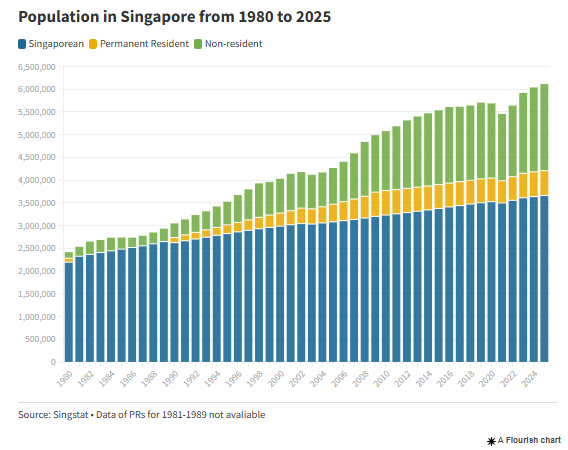

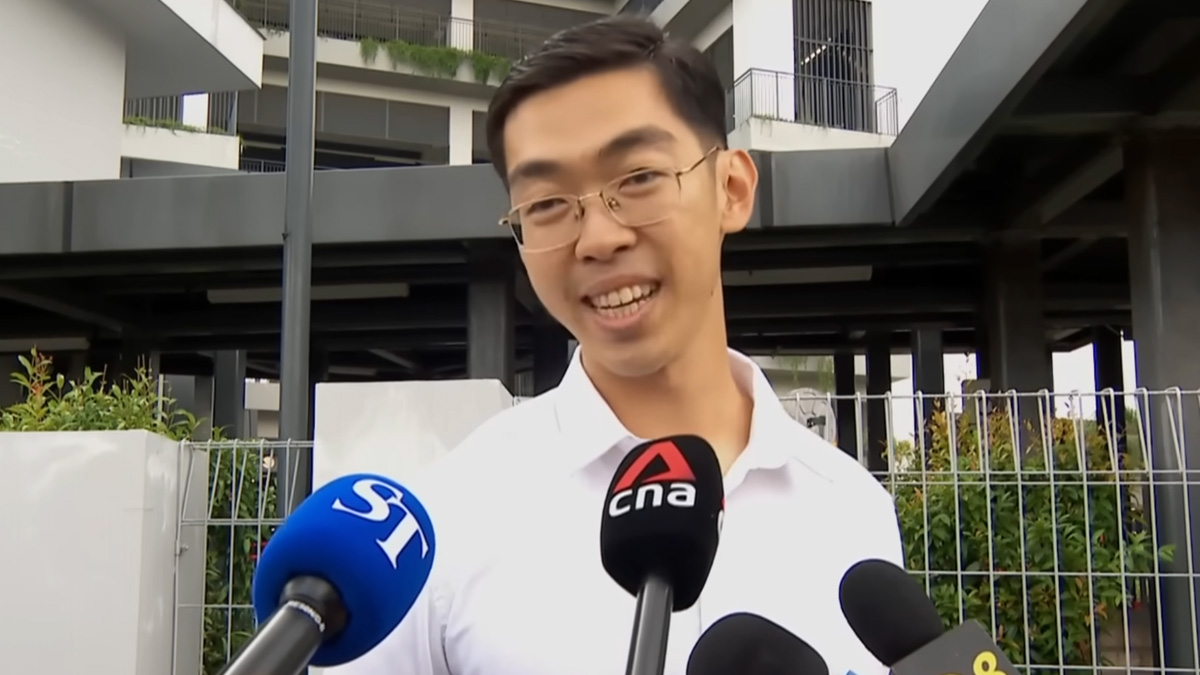





0 Comments